Stardew Valley
Imagine living in an enchanting countryside, tending to farms, engaging with the community, and building your dream life - all in a digital world. That’s what Stardew Valley, developed by Eric Barone and released in February 2016, offers. Taking inspiration from the famous Harvest Moon, this indie farming simulation game is a refreshing change from action-packed, adrenaline-fueled gaming experiences.
Stardew Valley promises a unique blend of various gameplay elements - farming, foraging, mining, and combat. As players strive to transform their grandfather's dilapidated property into a flourishing farm, they indeed undergo a heartwarming journey of self-discovery. The pixel graphics aren't the most sophisticated, but they add charm to the game's overall aesthetic and appeal, reminiscent of earlier Nintendo-era games.
Stardew Valley: A Slice of Digital Paradise with Room for Improvement
Despite Stardew Valley delivering an engaging role-playing adventure, the game does have its own set of limitations and imperfections. The most glaring one is the pacing. This game is not designed for players looking for quick action or fast-paced problem-solving. Success in the game is a slow burn, dependent on the changing seasons and daily schedules, and this could dissuade gamers who prefer a faster pace.
The control mechanics also pose some challenges. Vague-clicking areas, especially when gardening or fishing, can lead to mishaps. Navigating through the inventory can occasionally feel tedious. An improved interface would significantly enhance the gameplay experience. Furthermore, Stardew Valley's endearing vintage-style graphics might not captivate players who seek the latest and most advanced visual designs in their gaming experiences.

Endearing Experience: What Players Feel About Stardew Valley
Despite its few weaknesses, Stardew Valley has cultivated a dedicated fanbase whose players adore its simplicity, charm, and the sense of peace it brings. The game has been favorably reviewed for its depth and attentiveness to detail. Users remark about feeling truly invested in their character's journey, whether it's expanding the farm, establishing connections with locals, or exploring the deepest caverns of the mines.
Moreover, the rich diversity in tasks keeps the gameplay engaging and fun. The game includes personal relationships, including marriage and children, which brings a unique, wholesome touch often absent in typical role-play games. Many players have noted the emotional connection they've formed with their character and the entire Stardew Valley community.
In conclusion, Stardew Valley stands out as a revitalizing experience within the realm of intense, highly detailed video game landscapes. It's a quaint retreat into a simpler, quieter life, built with enough detail and variety to hold your attention for hours. The gaming world needs more such unique experiences where the joy lies in achieving objectives and getting there.
Exploring the Farmland: Fascinating Insights about Stardew Valley
From surprising development details, hidden secrets, and intriguing gameplay features, here are some fascinating facts about Stardew Valley that every fan, veteran or newcomer, should know.
- Stardew Valley was developed by a single person: Eric Barone, also known as ConcernedApe. He did all the programming, artwork, and design and composed all the music.
- Barone developed Stardew Valley over four years. He started the project to improve his programming skills, and it expanded into a full game development project.
- One motivating factor for the creation of the game was Barone's disappointment with Harvest Moon, a similar farming simulator game. He loved the game but felt it lacked certain aspects, so he decided to create his own to address those shortcomings.
- Stardew Valley made its debut on Windows in 2016 and has subsequently been adapted for multiple gaming systems.
- Stardew Valley has proven to be a commercial success, selling over 10 million copies by the end of 2020.
- The game allows players to marry non-player characters (NPCs), regardless of gender. This feature was very important to Barone, who wanted to promote inclusivity and diversity in the game.
- In the game, you can find various hidden easter eggs and secrets, such as the statue of a certain ConcernedApe in the secret woods or the mysterious dwarf in the mines.
- Stardew Valley supports mods and has a very active modding community. Mods can drastically transform gameplay, adding new crops and characters or changing entire game mechanics.
- The game is not just about farming. Besides growing crops and raising livestock, you can also mine for ore, fish, cook, and even fight monsters in the game’s mines.
- In 2018, a multiplayer mode was introduced, enabling players to build and live on the same farm, divide the work, or explore the Valley together.
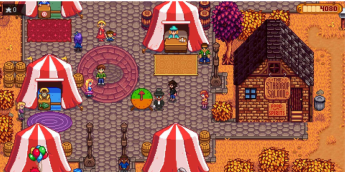
Pros:
- - Immersive Gameplay;
- - Endless Activities;
- - Relationship Building;
- - Personalization;
- - Co-op Mode;
- - Replay Value;
- - Retro Graphics.
Cons:
- - Slow Pacing;
- - Interface Issues;
- - Graphics;
- - Lack of Guidance;
- - Repetition.
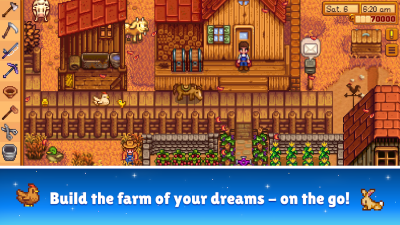
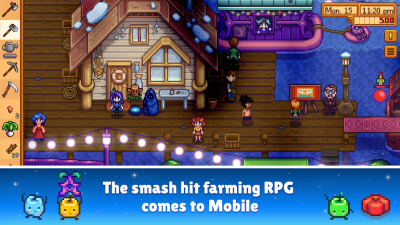

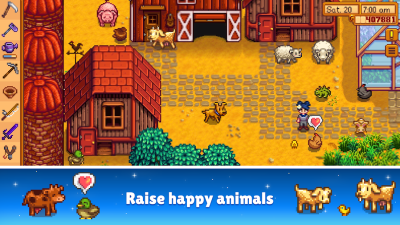

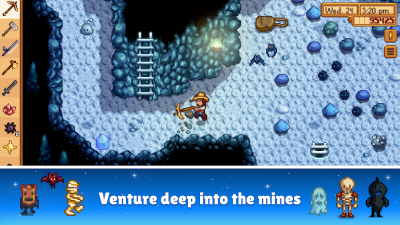
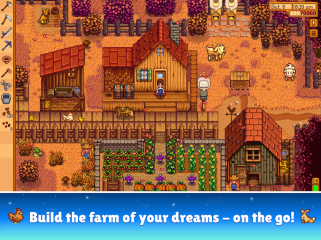
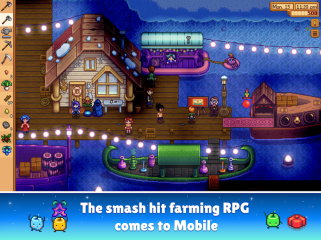
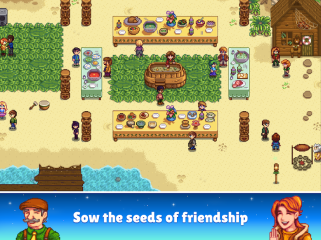
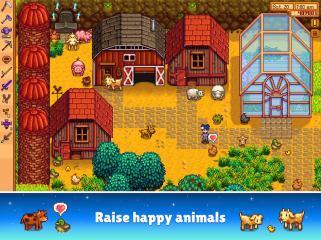

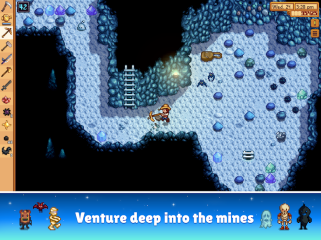
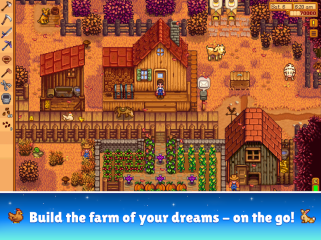
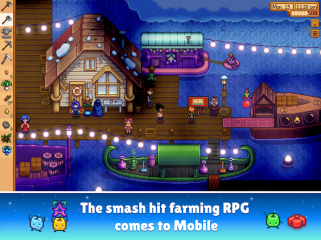
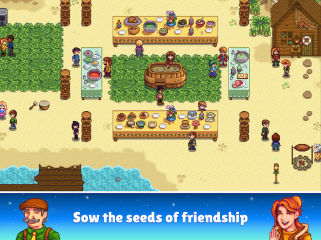
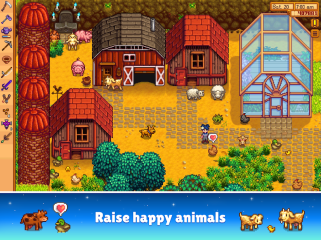
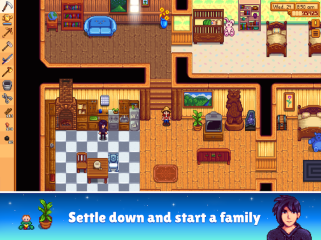
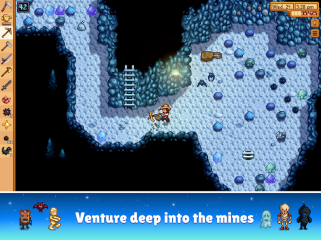
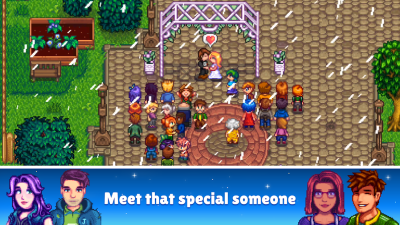

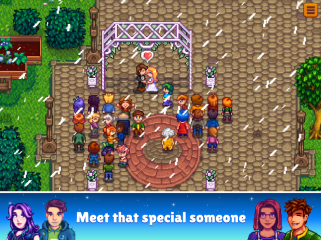
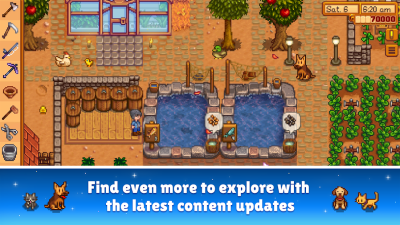

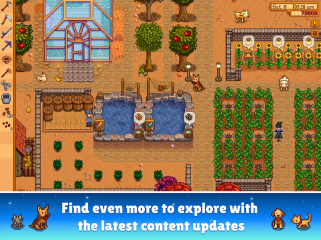
To download the app, you will get links to the Official Website and/or official digital markets.



